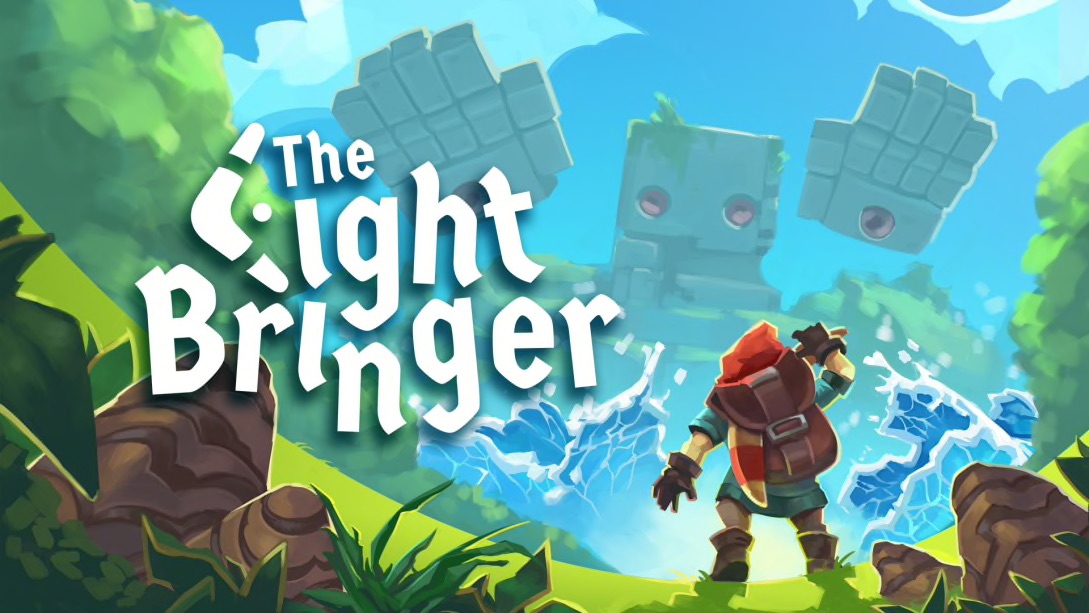
The Legend of Zelda and Super Mario are some of the most beloved and respected games around, and The Lightbringer knows it. They have been fixtures of childhood gaming for decades, and likely more to come. Every single game developer working today grew up with the enjoyable platforming and puzzle solving of both games.
For games that are so influential, one would expect a lot more derivatives, and especially from the indie dev scene. While there are a few out there, there is none as blatant and effective as The Lightbringer. Rock Square Thunder is one of the few indies who managed to understand that it’s possible to be inspired by something, and not be completely unoriginal.
The Lightbringer, at first glance, takes elements from The Legend of Zelda. It mostly comes down to superficial aspects like the visual design of the protagonist and the Wind Waker-esque graphics. The hero also carries a boomerang, and will often be battling with slimes and a rock boss who has two large floating hands. But what else is in store?
The Lightbringer
Developer: Rock Square Thunder
Publisher: Zordix
Platforms: Windows PC, Nintendo Switch (reviewed)
Release Date: October 7, 2021
Players: 1
Price: $14.99 USD
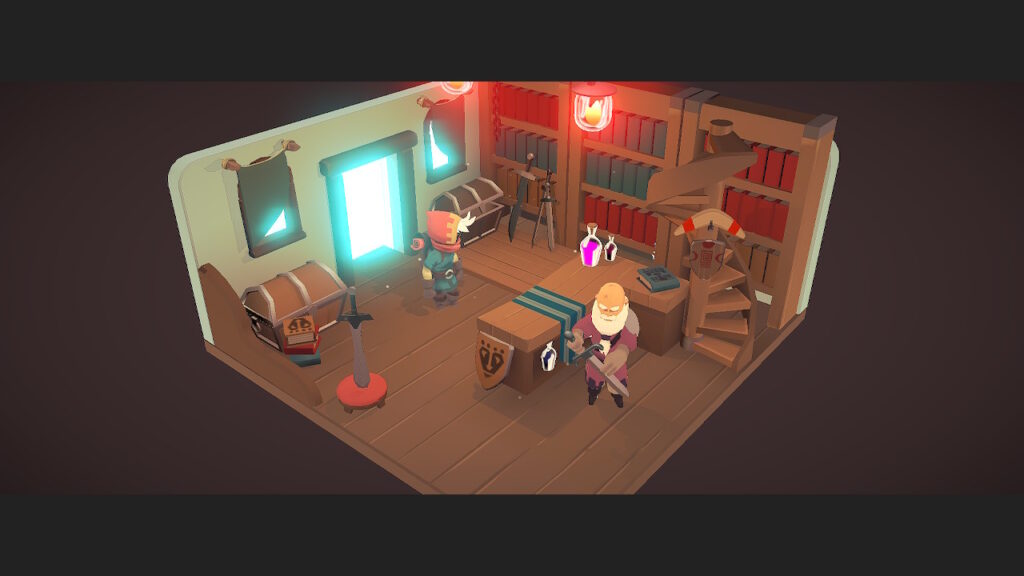
The puzzles design is mostly what The Lightbringer takes from Zelda. Each stage is a tightly packed gauntlet of ideas that loop back into each other. The hero may not have the vast cache of tools and items as Link, but what he does have is given a lot of utility.
The only actions of the unnamed hero are jumping, double-jumping, and throwing a boomerang which can be charge-thrown and aimed. He can also dodge roll, though it has almost no use throughout the game, since the hero can sprint fast enough to avoid most threats. The roll also has no coyote time when rolling off ledges, and can’t be chained with a jump.
The stages will mainly be negotiated with platforming and switch-hitting with the trusty boomerang. With a static set of abilities, the Lightbringer feels less like any Zelda, and much more like Super Mario 3D World. Ever felt that the extremely linear, obstacle course style of the 3D Land games were too restrictive? Hated that Mario was arbitrarily timed? The Lightbringer is a flawed but worthwhile alternative.
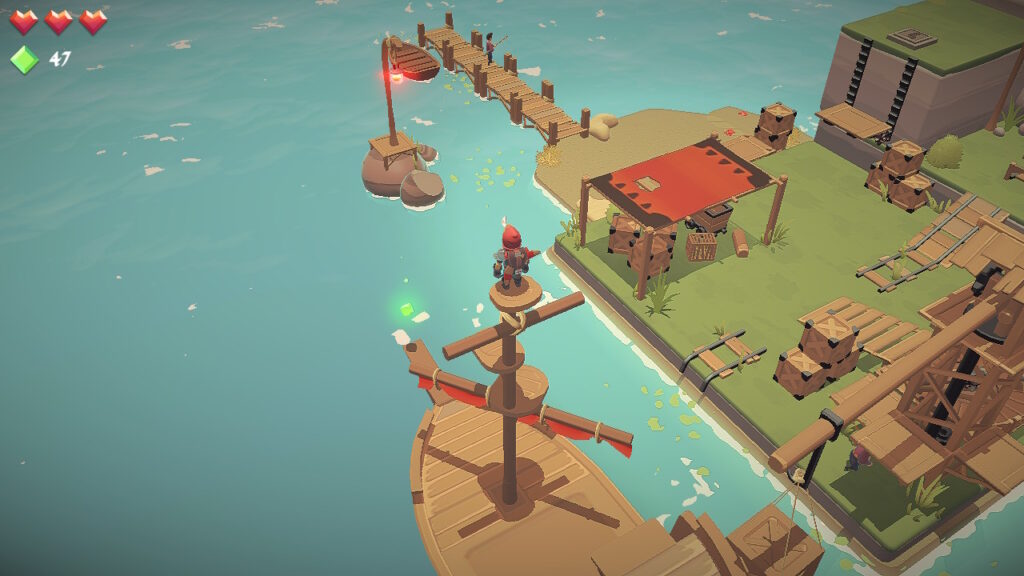
The way level design incorporates different kinds of platforms that move or disappear, blending Zelda-style puzzles into each area, makes The Lightbringer feel very fresh. In some ways, it also improves upon some of the features in Super Mario 3D World; specifically the camera.
The POV is always a distant overhead view, but can be spun around a full 360°, allow the player to get the best angle for any situation. By having a flexible camera like this, The Lightbringer is free to have more complex level design. Areas will be festooned with secrets and little nooks and crannies to grab collectibles, which are needed to open up the level exit and move on to the next.
This is a simple yet satisfying game loop that draws the player in, and makes them want to see what challenges will come next. The only weakness to the levels is that there are no mid-level checkpoints or autosaving when entering or exiting houses or sub areas. Dying means having to start the entire stage from the beginning, and having to reclaim every single doodad and collectible all over again.

Having some challenge is one thing, but The Lightbringer has no respect for the player’s time with such an absurdly cruel punishment for failure. It seems almost like an oversight on the developer’s part and not a design choice, since the overall difficulty steadily rises. Some of the late game stages become terrible Herculean labors of patience.
If the entire game had a lighter difficulty and was aimed for kids, then this penalty could have worked. As is, The Lightbringer‘s later half of the game has too many threats to deal with only a boomerang, that also involves bottomless pits. Health items are not earned from drops from defeated slimes- each stages has a finite amount of health potions; usually two to three.
The balance should have had the hero with fewer hit points, but checkpoints when entering and exiting interiors to sub areas. This would have maintained the challenge that the designer was aiming for, and the player’s time wouldn’t be wasted having to redo an entire stage from a misjudged jump.
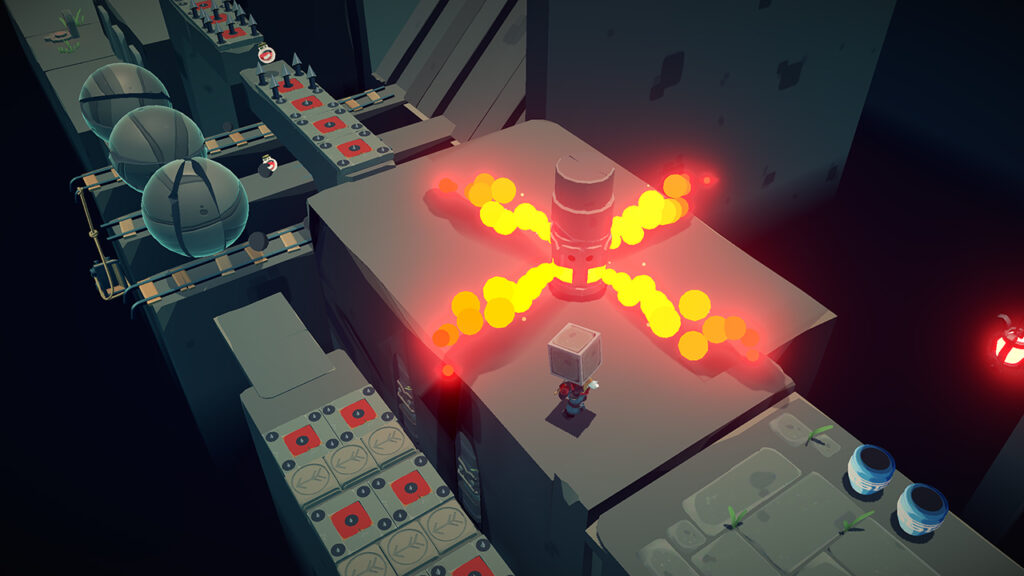
By having such huge risks with no reward, it isn’t likely players will experiment or explore much of the optional areas in the stages for 100% completion. Nobody likes having their times wasted, but gamers do enjoy a challenge. Having to retry a challenge is what is fun in a tough game. Having to redo busy work for something easy is not.
It’s a shame that this flaw is such a huge strike against The Lightbringer, because outside of that, it’s a very enjoyable 3D platformer. Even the spotty combat against the armored slimes is tolerable. It follows simple game logic that a blunt boomerang would in fact be a terrible weapon, and reinforces the strengths of the puzzles and platforming.
The only other issues that hold The Lightbringer back is its lack of narrative flair. No NPCs can be spoken to, and the only dialogue in the game is from the hero’s sister, and she only speaks in sloppily constructed rhymes. There are almost no cutscenes or scene transitions between areas from when the hero enters a gate, and when he suddenly appears in the next stage.
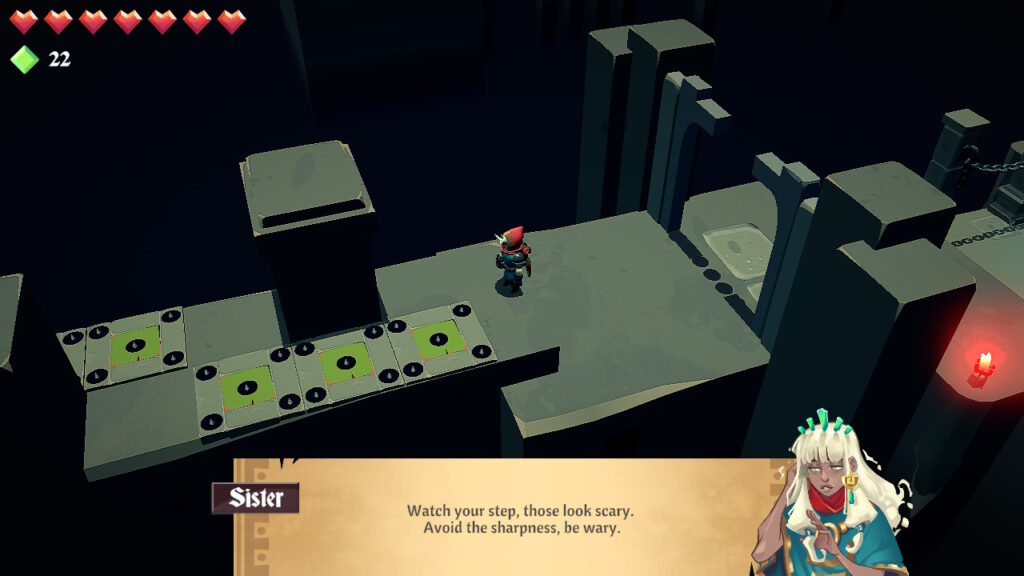
There is so little information to work with to understand the world and how it works, and the best that the game has to offer are “lore bells;” arbitrarily placed bells that tell some backstory that has to be taken at face value. None of it’s interesting, and comes with a very heavy handed anti-technology, misanthropic angle that feels insulting.
At times The Lightbringer can feel unfinished with how little world building there is in its setting. Why bother with the breezy fantasy aesthetic at all if nothing is going to be done with it? The Lightbringer ultimately feels like a series of video game challenge stages that have the weakest attempt at a story.
Given how the game is constructed, it wouldn’t be a surprise if the story and text were implemented very late into the game’s development, and that the developers focused making the controls and level design as best they could. If this was the case it would be a noble effort, but a game’s experience needs to be balanced, and demands many of these individual pieces complimenting each other to make it all work.

For all its polish in level and puzzle design, a few sound bugs do happen. The worst and most noticeable glitch involved the sister’s narration playing twice and overlapping each other. Other times the frame rate will tank hard upon a stage booting up, which has lead to a few unearned falls off a cliff.
Frame rate overall is unsteady and uncapped. While indoors, the animation stays fluid and usually manages to stay at a reasonable pace. When outside, many stages will run fairly choppy at random moments- a sure sign of poor Unity optimization.
The frame rate shouldn’t be so variable, since the POV is overhead, and the horizon is rarely seen. The graphics also opt for a very clean and simple style that makes shapes easy to read. Textures are also simple, so it’s especially perplexing for a Nintendo Switch to struggle with this game.
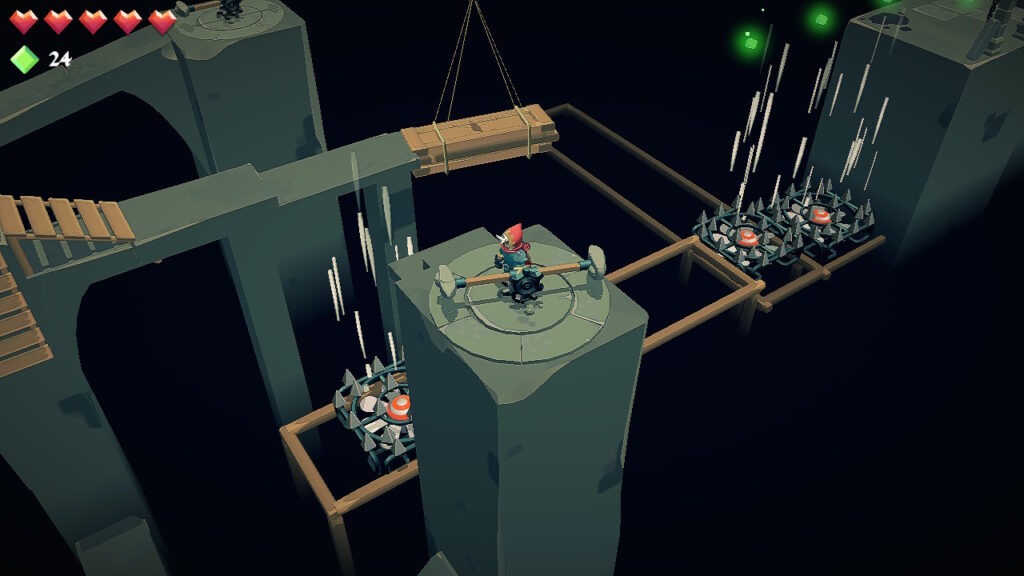
The music has a synth style to its whimsical melodies. No tracks stood out as particularly memorable, but the compositions present do their job at embellishing the atmosphere and sense of adventure. It leans on the disposable side of generic indie fantasy game music.
The art direction is solid all around. The hero always stands out without being lost in the environment, and has distinctive animation poses that read well. Enemies are on the boring side- mostly variations of black goo that have several permutations that are used through out.
The few bosses that are present are derivative of what players have experience in Zelda games, but fit the style of The Lightbringer. While rarely challenging, they do offer a break from the standard gameplay throughout and liven the action; since fighting slimes all the time becomes dull.
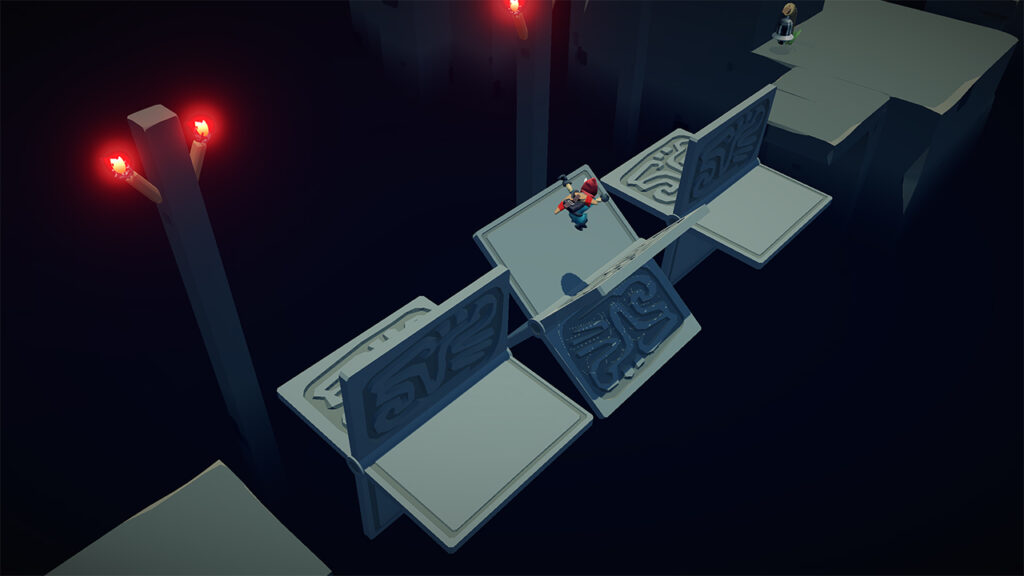
What The Lightbringer needed was more attention and effort given to its world building, and a more thoughtful approach to the difficulty balance. All of its other flaws and deficiencies could be overlooked if these major strikes could be addressed, and then it could become a classic.
The level design and fusion of puzzles into the setting make The Lightbringer engaging. There are lots of things to see and do in every area, and the protagonist feels good to control. It has a rock solid foundation that needs to be dressed up a bit more.
Maybe in time, The Lightbringer will get an “illuminated edition” or some kind of redux, where the developer can give the game the extra bit of refinement it needs. If that never happens, for its price, The Lightbringer is still worth a play for its feel-good atmosphere, and engaging platforming.
The Lightbringer was reviewed on Nintendo Switch using a code provided by Zordix. You can find additional information about Niche Gamer’s review/ethics policy here.